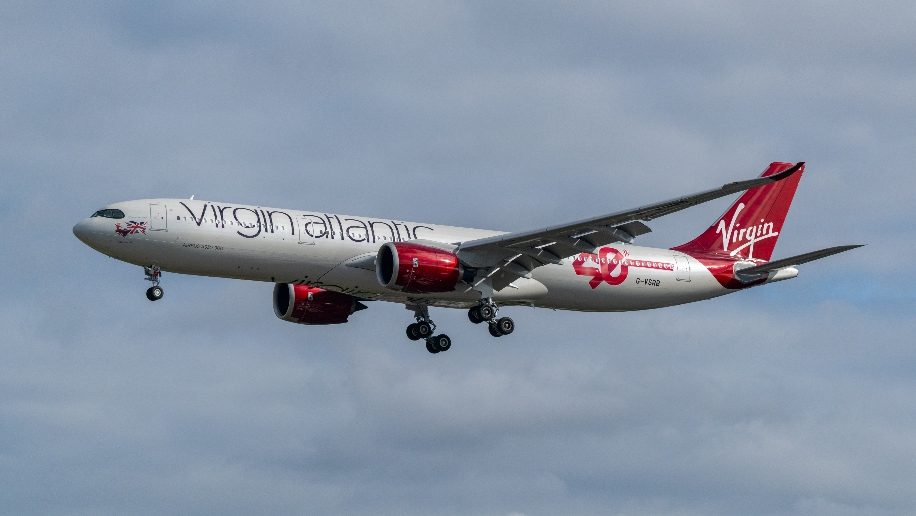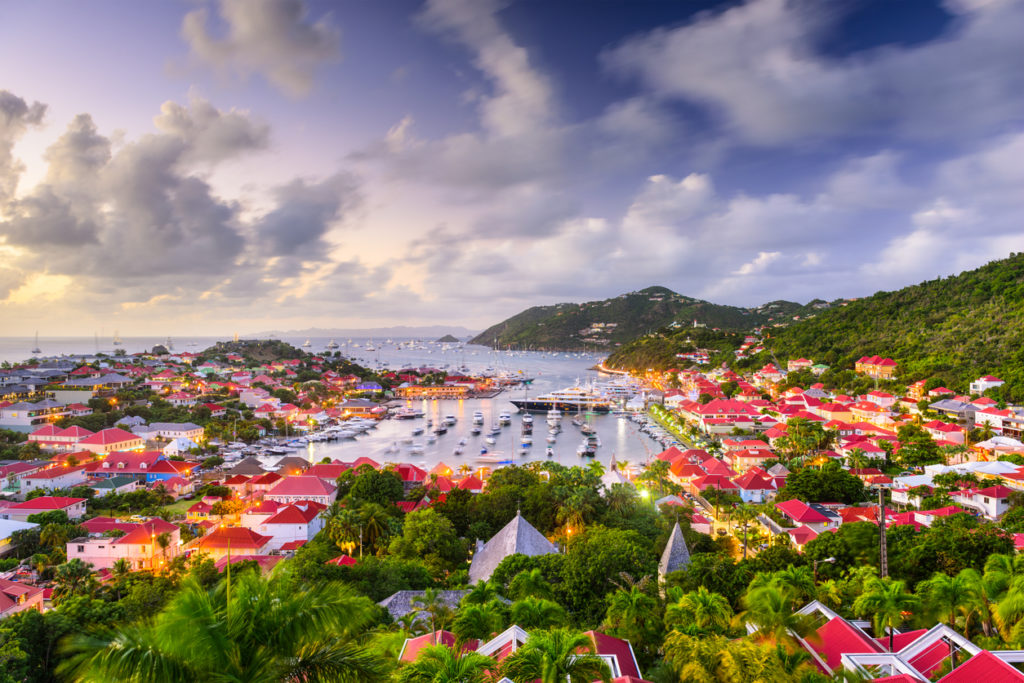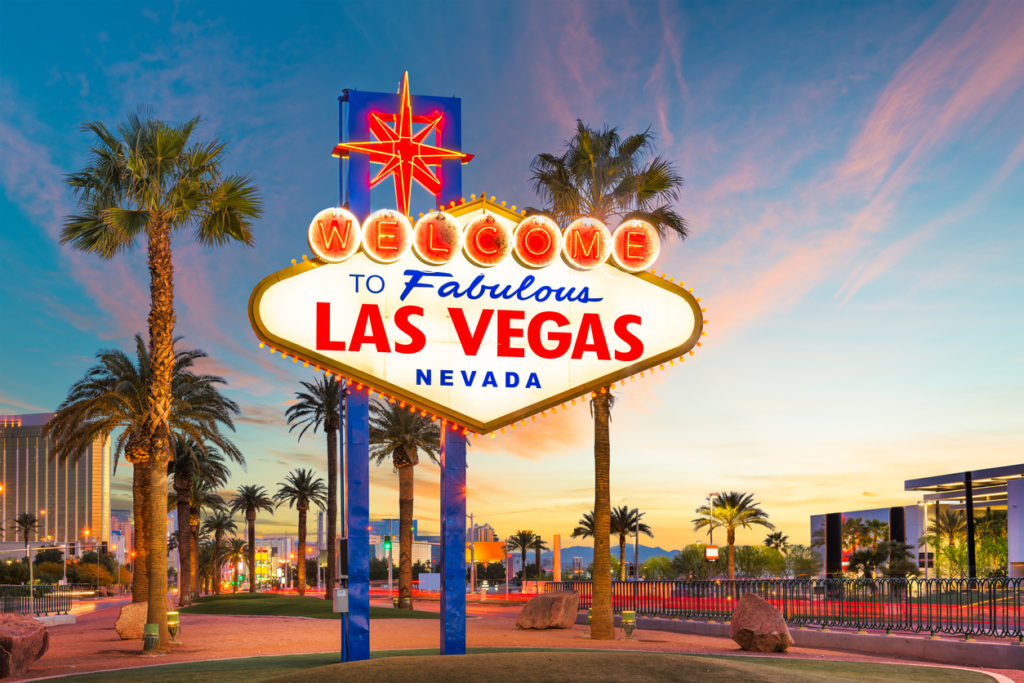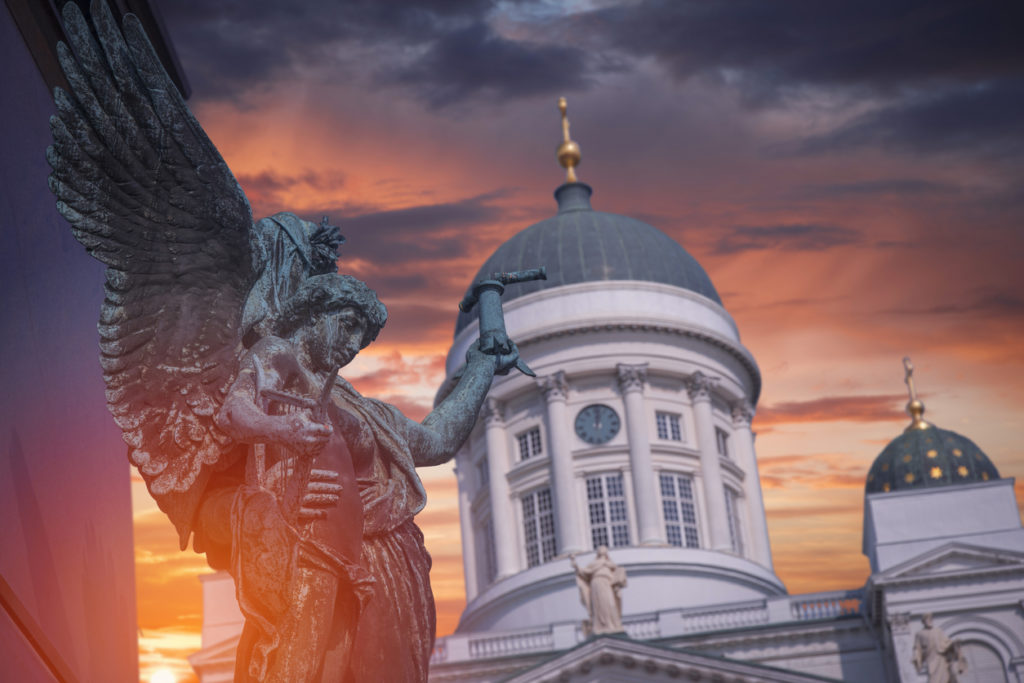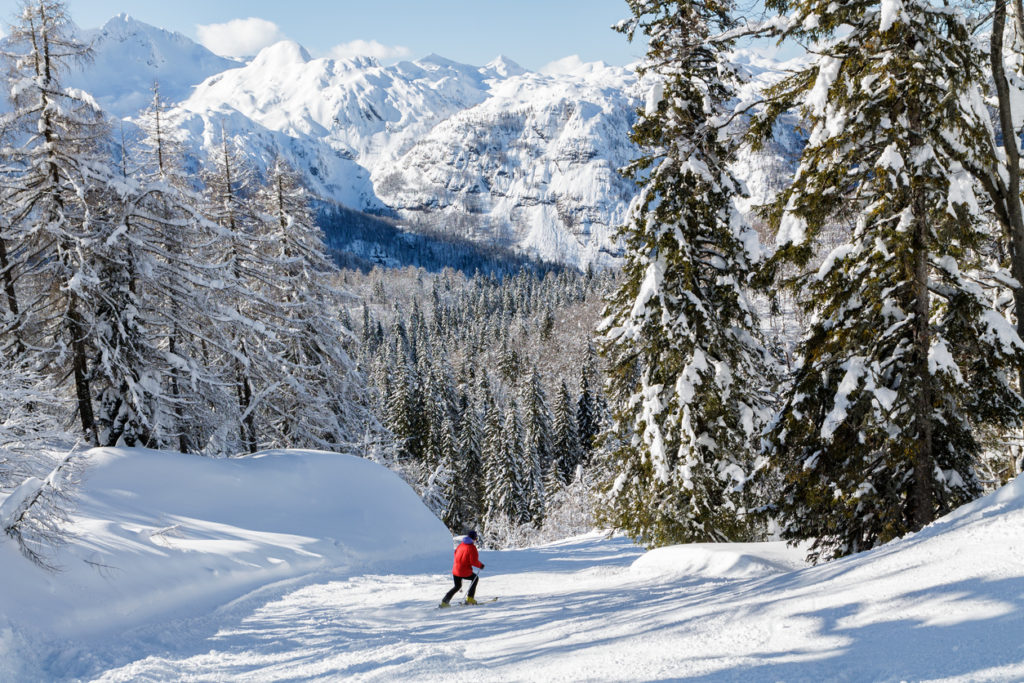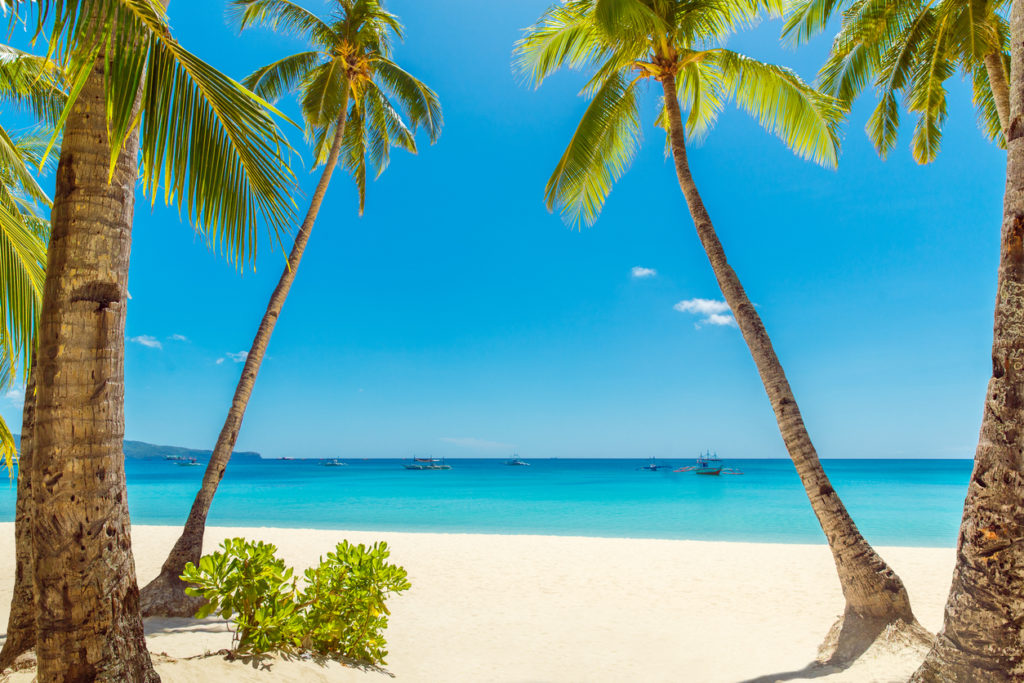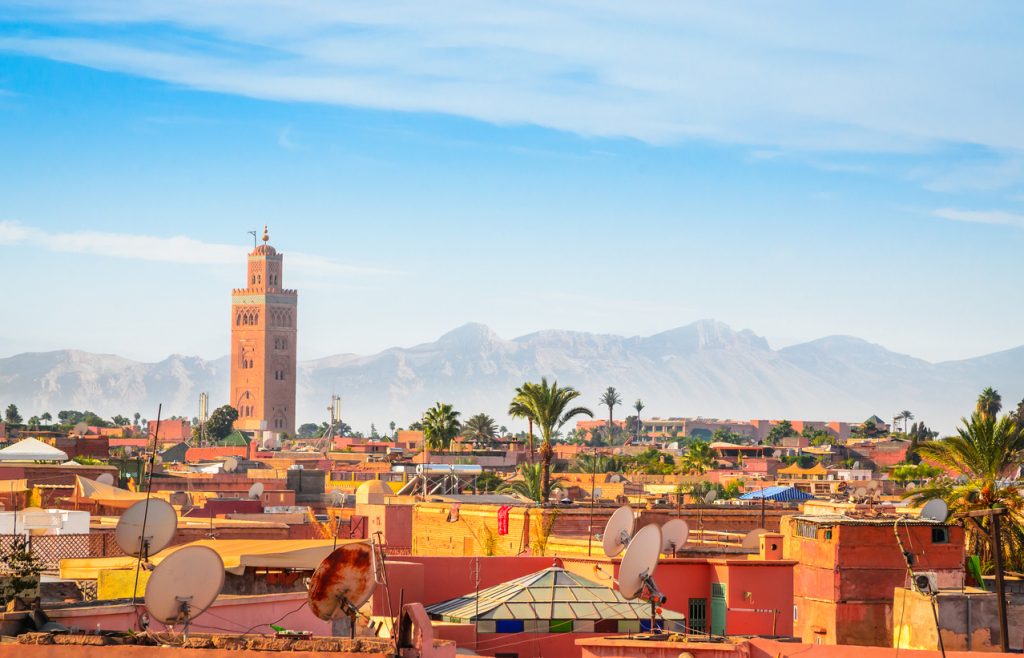
Morocco is a land where ancient traditions seamlessly blend with contemporary life, where time-honoured customs are preserved amid the energy of bustling medinas and modern cafés. This North African gem has captivated travellers for centuries with its vibrant heritage, sensory richness, and architectural splendour. Its cities pulse with life, each telling its own story through the hum of its streets, the rhythm of prayer calls, and the vibrant colours of its markets. Nowhere is Morocco’s cultural depth more vivid than in its three iconic cities: Fez, Casablanca, and Marrakech. Each offers a unique window into the Moroccan soul—distinct in character, yet bound by shared history, tradition, and spirit.
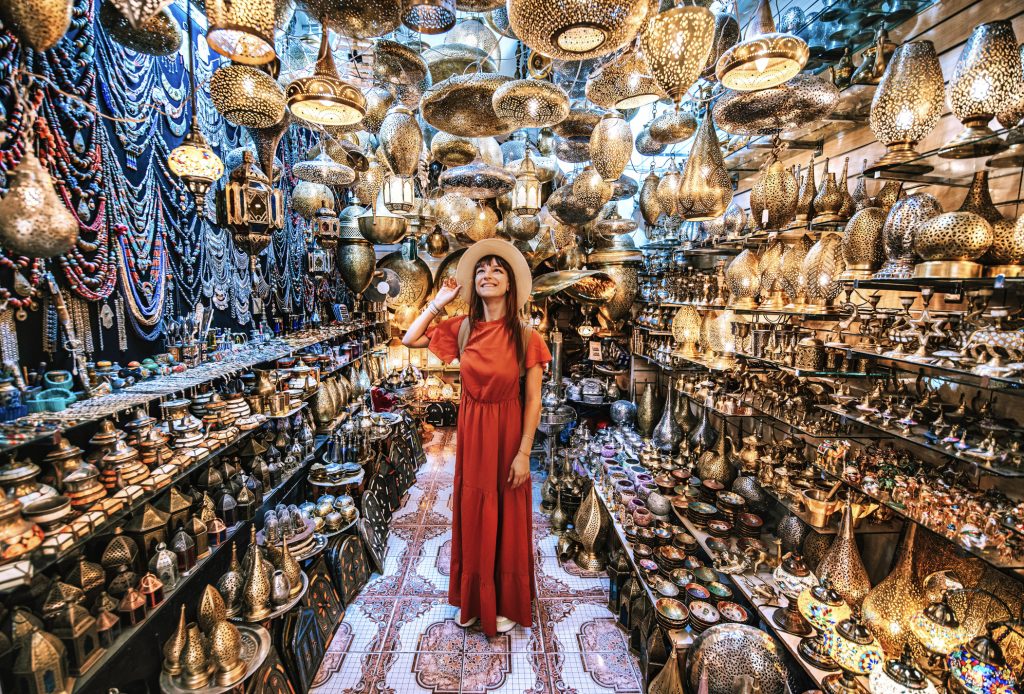
Fez: The Timeless Heart of Morocco
Often referred to as Morocco’s cultural and spiritual capital, Fez feels like a city caught in time. Founded in the 9th century, it is one of the world’s best-preserved medieval cities and a UNESCO World Heritage Site. The city’s ancient medina, Fez el-Bali, is a maze of over 9,000 alleys, where donkeys and handcarts remain the primary mode of transport. Strolling through its narrow lanes is like stepping into a living museum, alive with the scent of spices, the clatter of copperwork, and the call of merchants echoing through arched souks.
The Chouara Tannery is one of Fez’ most iconic sights. From the surrounding terraces, you can observe men working knee-deep in colourful stone vats—using natural dyes and methods that date back centuries to tan leather. It’s a kaleidoscope of earthy tones: saffron yellow, indigo blue, poppy red.
Another gem is the Al Quaraouiyine University, founded in 859 AD by a woman—Fatima al-Fihri—and considered the oldest continuously operating university in the world. Its scholarly legacy remains a point of pride in Moroccan identity.
Fez is also a place of deep spirituality. With hundreds of mosques, madrasas (Islamic schools), and zawiyas (Sufi shrines), the city resonates with devotion. The Bou Inania Madrasa, with its carved cedar wood and exquisite zellige tiles, is a stunning example of Marinid architecture and one of the few religious buildings in Morocco open to non-Muslims.
Beyond the medina, Fez Jdid (New Fez) and the Mellah, the historic Jewish quarter, offer further insight into the city’s multicultural heritage. Here, synagogues, Andalusian-influenced houses, and centuries-old traditions blend into the wider fabric of the city.
What truly makes Fez unforgettable, however, is its people—warm, welcoming, and proud of their heritage. Artisans pass their craft from generation to generation, often inviting visitors into their workshops for a glimpse of their meticulous work. In Fez, culture isn’t a curated experience—it’s part of everyday life.
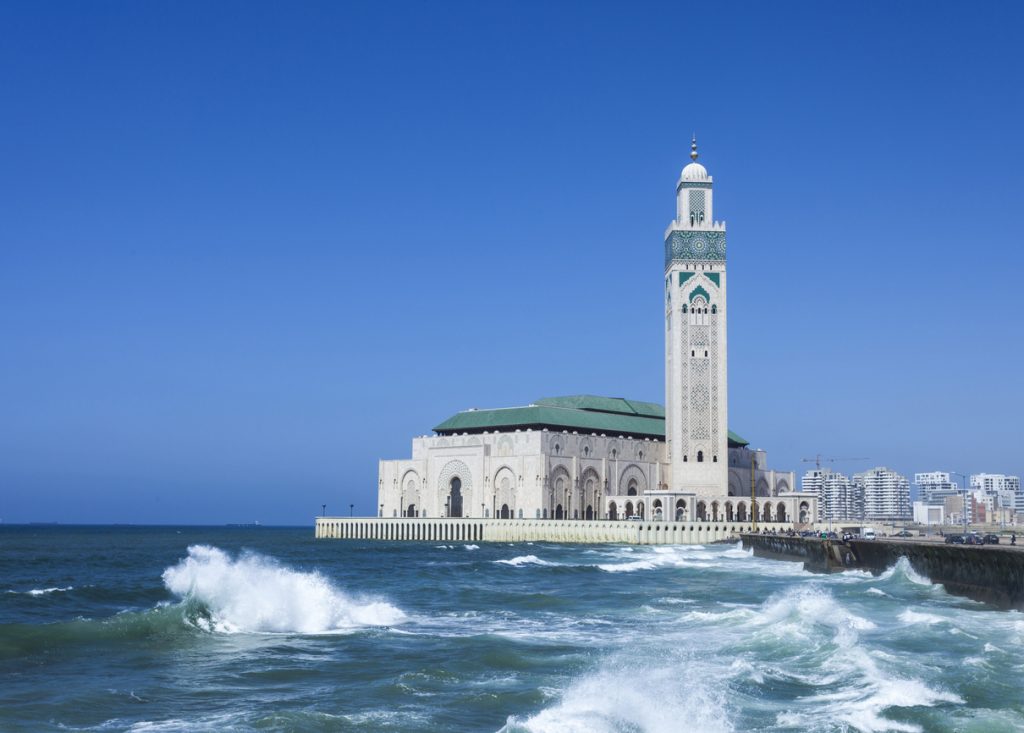
Casablanca: Where Tradition Meets Modernity
If Fes embodies the Morocco of the past, Casablanca is its modern, metropolitan face. The country’s economic capital and largest city, Casablanca often surprises visitors with its urban energy, Art Deco architecture, and vibrant cultural scene. Though less steeped in ancient tradition, it offers a captivating view of Morocco in transition.
The city’s skyline is dominated by the Hassan II Mosque, the largest mosque in Africa and among the largest in the world. Built partly over the Atlantic Ocean, its minaret—soaring 210 meters into the sky—is the tallest on the continent. A symbol of Moroccan pride and craftsmanship, the mosque features marble mosaics, carved stone, and hand-painted woodwork. Uniquely, it welcomes non-Muslim visitors on guided tours, offering a rare chance to step inside and admire its grand interior.
Casablanca’s Habous Quarter, constructed in the 1930s during the French Protectorate, is another must-see. Blending European layout with Moroccan architectural style, it’s home to peaceful arcades, charming bookshops, and some of the city’s best patisseries—where French and Moroccan flavours collide.
Cultural institutions like the Villa des Arts and the Museum of Moroccan Judaism reflect the city’s diversity and creative spirit. Casablanca is also a hub for music festivals, art exhibitions, and fashion events that bring together emerging talent from across the region.
For food lovers, Casablanca is a revelation. Trendy restaurants reinterpret Moroccan staples with global influences, while seaside eateries along the Corniche serve up fresh seafood with Atlantic views. From fine dining to street food, the city’s culinary landscape is both dynamic and rooted in tradition.
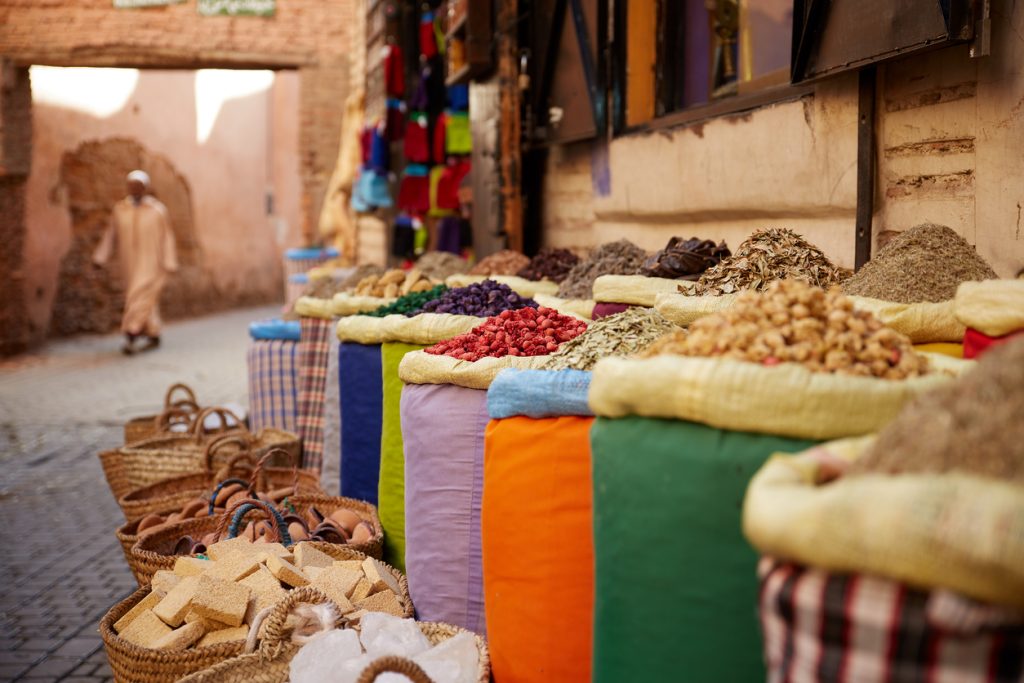
Marrakech: The Red City’s Vibrant Soul
With its terracotta ramparts and mountain backdrop, Marrakech is Morocco’s most iconic city—a vibrant, visceral feast for the senses. Known as “The Red City”, it hums with energy from the moment you arrive. Whether you’re bargaining in the souks, sipping mint tea in a tranquil riad, or wandering the opulent gardens, Marrakech is a place where every corner holds something extraordinary.
The beating heart of the city is Jemaa el-Fnaa, a UNESCO-recognised square that comes alive each evening with storytellers, snake charmers, musicians, and sizzling food stalls. By day, it’s a bustling crossroads of tourists and locals; by night, a cultural stage unlike any other in the world.
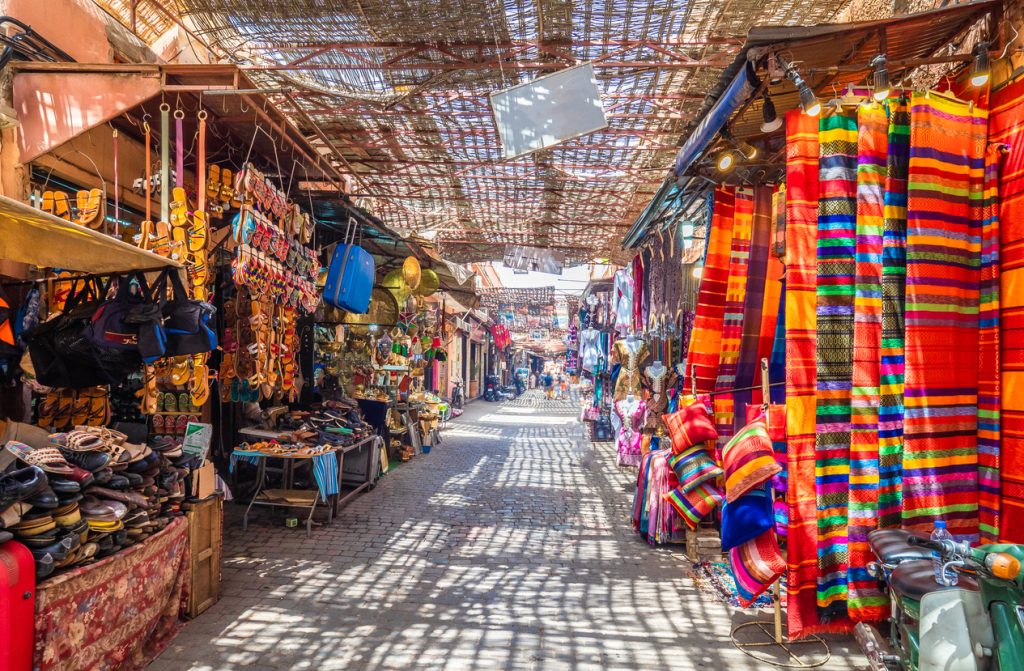
Surrounding the square is the medina, a UNESCO World Heritage Site filled with vibrant souks and workshops divided by trade—textiles, spices, leather goods, metalwork, and carpets. Getting lost here is part of the magic. One moment, you’re in a corridor lined with handwoven rugs, the next you’re stepping into a quiet courtyard, bathed in jasmine-scented air.
Marrakech is also home to architectural treasures. The Koutoubia Mosque, with its 12th-century minaret, is a city landmark. The Bahia Palace offers a glimpse into royal Moroccan life, with its painted ceilings and intricately tiled floors. Just outside the medina, the Majorelle Garden, famously restored by Yves Saint Laurent, offers a peaceful oasis of exotic plants and cobalt-blue pavilions.
To delve deeper into Morocco’s Berber heritage, a visit to the Musée Yves Saint Laurent or the Berber Museum reveals how these indigenous traditions have influenced both Moroccan and global culture.
Many travellers choose to stay in a riad—a traditional Moroccan house centred around an interior courtyard. These restored homes are often architectural masterpieces in themselves, with mosaic fountains, rooftop terraces, and views stretching to the Atlas Mountains.

A Cultural Mosaic of Past, Present, and Future
From the scholarly lanes of Fez to the ocean breeze of Casablanca and the electric pulse of Marrakech, Morocco is a country where heritage is not confined to museums—it lives on in the streets, the crafts, the cuisine, and the conversations. Each city reveals a different layer of Morocco’s personality: Fes, steeped in spiritual tradition; Casablanca, a reflection of a nation in motion; and Marrakech, the dazzling crossroads of history and innovation.
What binds them all is the warmth of the Moroccan people. Their hospitality is not a custom—it’s a way of life. Whether you’re sipping mint tea under a fig tree, watching a master artisan at work, or dancing to the beat of a desert drum, you’ll feel part of a culture that has always known how to welcome the world with open arms.
In Morocco, you don’t just witness culture—you live it.
Fancy a trip to Morocco? Discover the magic for yourself with Pure One Travel’s handcrafted holiday packages.


